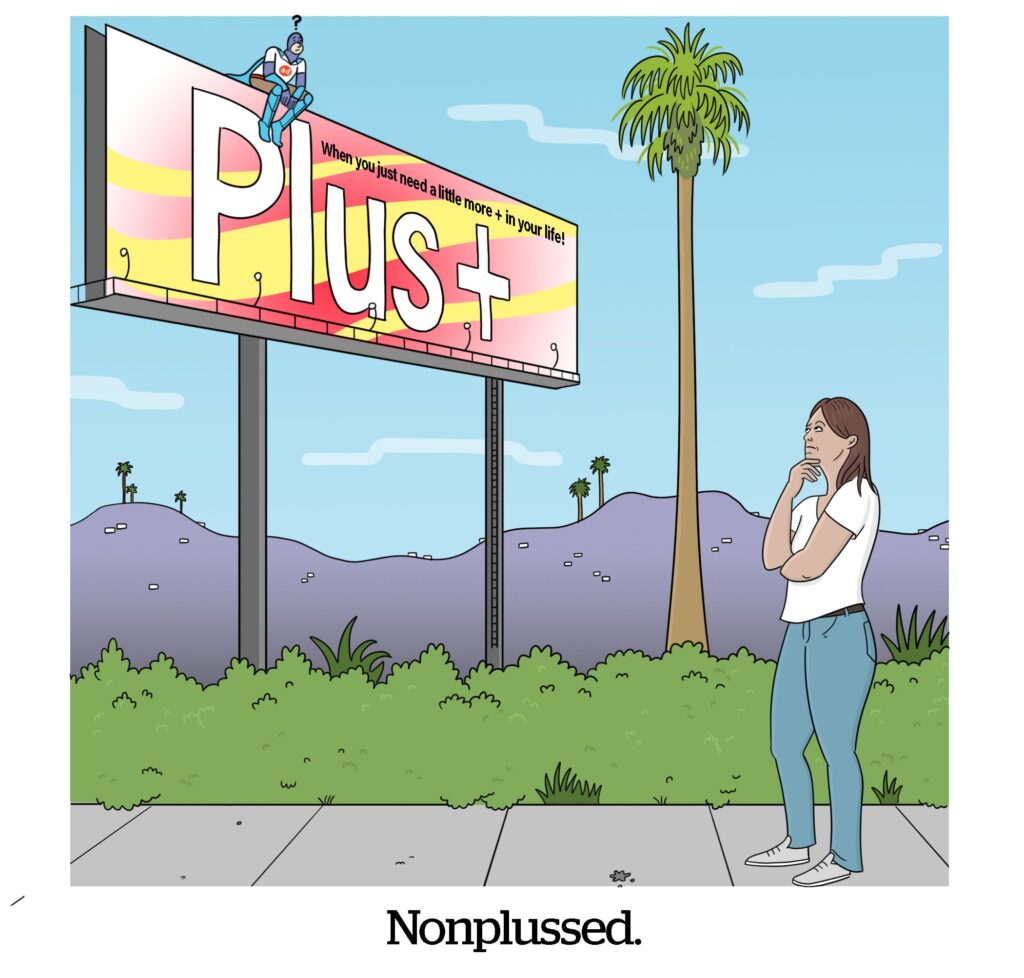Oxford Global Resources has taken a path of test, then invest, when considering customer relationship management systems. While it probably will be awhile before Oxford finishes making purchases, it likely will avoid the pitfalls of over-investment and worries that its new systems be all things to all departments.
The high-tech employment firm has more than 200 sales representatives to build relationships with customers and clients. As Oxford’s vice president for marketing Scott Beyer described it, the company uses technology “selectively.” Until recently Oxford depended on a single medium — the telephone. Its sales force used a very basic contact management tool to schedule phone calls and store basic data about prospects and clients.
Beyer often uses the word entrepreneurial to describe Oxford’s sales staff. Their responsibilities are to establish relationships with technology hiring managers, assess their needs and link them with independent contractors.
The down side of this is that while the salespeople are very good at sales, their technology savvy left something to be desired. Because the business was so telephone reliant, the reps hadn’t been indoctrinated into a culture that valued accurately entering data, such as e-mail addresses or even names and addresses.
This is changing. The Beverly, MA-based company has developed a centralized client database that the sales force can access remotely, and set up an internal help desk support system to hold the hands of technophobic sales staff.
Oxford justified the database’s existence to its reps by touting the benefits of customized mail efforts. For management, the database team demonstrated that a centralized file would allow Oxford to standardize business processes, and to track and report on production activity more efficiently than the previous system of sporadic reports from reps had allowed. (It now does so daily.)
Putting an emphasis on entering data into the system cleanly lets Oxford create companywide marketing campaigns that reps can follow up on.
That wasn’t the end of its CRM technology innovations. Oxford also acknowledged that it needed a Web presence, even if only defensively. Its site (www.oxfordcorp.com) consists of an online brochure and some surveys. It has even begun to test e-mail.
The e-mail trial was a soft approach, which asked a mix of clients and prospects in the information technology, engineering and telecom industries to answer a few questions about their staff needs over the next six months.
Of the 9,000 messages it sent out during the three-week test period, roughly 1,800 were returned as undeliverable. But the reaction among clients for those that went through has been positive, with 10% of the recipients responding.
Beyer estimates that about 10% of respondents gave straight-up answers of “Yes, we’ll need more people, please contact us” or “No, we don’t see ourselves hiring temps in the near future.” Ninety percent said they didn’t see an immediate need for additional staff, but asked the Oxford rep to stay in touch. And only a handful asked to be taken off the mailing list, which Oxford did.
The sales force has not objected to adding the channel to its efforts. “The market has been so difficult that any additional tool that helps [reps] focus is welcome,” Beyer says.
Oxford felt the campaign was successful enough to justify further exploration, which may mean additional investment down the road. Oxford has a policy that any new CRM technology investment be tested through available means. This required Beyer to pinpoint areas where CRM technology could add value.
As a result, the company did not throw massive amounts of money at a suite of all-encompassing technology that would have embarrassed executives up and down the corporate ladder, had it failed.
It’s a sane strategy, but it meant Beyer and his team had to manually enter all 9,000 e-mail addresses before he could send out the tests, which relied on mail merge functions in Microsoft Office. While that was tedious, he admits that watching the responses come streaming in to his mailbox was exhilarating.
Oxford hasn’t made a decision on what its next step with e-mail will be. Technology would automate between 40% and 50% of e-mail campaign management, Beyer estimates. Whether this represents a cost savings over hiring someone to manage the process or outsourcing its efforts is unclear, and likely will drive the company’s decision, as will the volume and frequency of e-mail campaigns the company settles on.
Oxford has begun to use traditional mail surveys to track business trends. If it sees an uptick in demand in any of the areas it serves — primarily the Northeast, Southeast, Texas and California — it can alert reps to focus on soliciting placements in these areas. To date it’s received an 18% response rate.
Between the surveys, the e-mail and the centralized database proposals Oxford was able to justify investment in several areas to executives. The database will continue the company’s efforts to focus on customers and to aid loyalty efforts. The surveys and contact structures enable Oxford to keep abreast of the skills firms are looking for, and to deliver services based on their needs. And operationally, the reporting functions will allow it to monitor and improve sales force productivity.
 Network
Network

